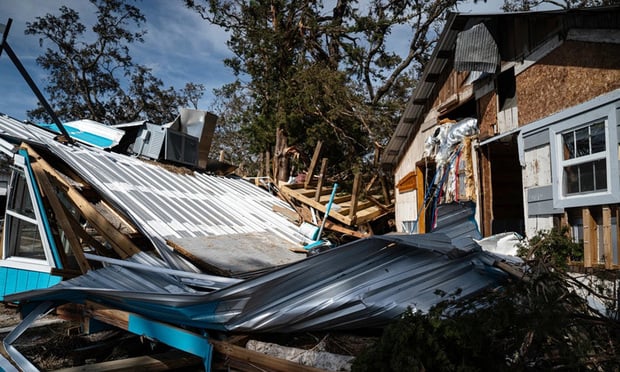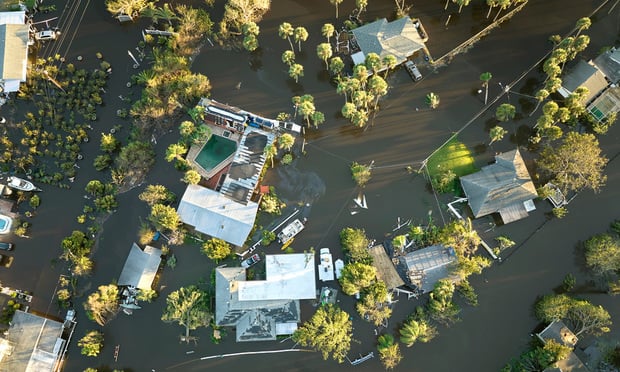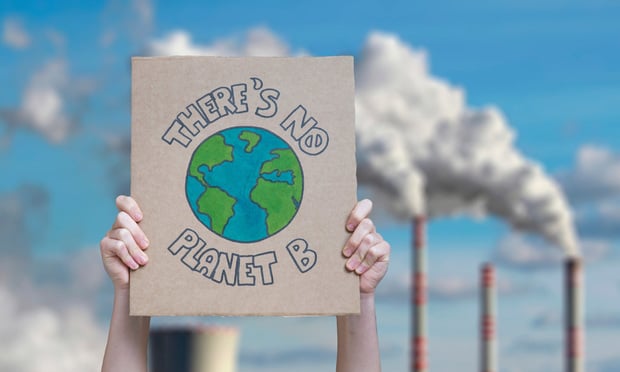The April 20, 2010 explosion of the Deepwater Horizon is undoubtedly an immense tragedy. Even months afterwards, crude oil continues to spill into the sea; the full extent of the enormous economic and ecological damages will likely not be understood for many more months or even years to come. While we should in no way minimize the significance of this terrible event, history shows that nature has brought about catastrophes that are even more terrible and destructive -- and on an exponentially greater scale. What follows is the true story of one 19th-century insurance professional that lived in the hottest spot of the volcanic region commonly called the Pacific Ring of Fire.
The respectable Mr. Schuit had the uncommon fortune of being a Lloyd's of London agent in the Sunda Strait in 1883, situated among the 25,000 islands in the vast archipelago commonly known as the East Indies. He loved to watch the shipping lanes from his spacious wooden deck as steam-powered vessels and sailboats glided past. The warm tropical breezes and ample compensation made it seem like the complete package.
As historian Simon Winchester remarks, in those days the job of a Lloyd's agent "was in good times one of great simplicity, in bad times one of formidable complexity." Schuit's only career irritations until August of 1883 were caused by the trend that placed the full burden of claim adjusting on agents. Schuit undoubtedly expected that he would sometimes have to come down from his deck and handle a contentious claim; it was part of his job description. Schuit, however, was not prepared for both his beloved deck and his entire town to be annihilated in an event so frightening that some feared it to be the end of the world.
The explosion of Krakatoa on August 27, 1883 was arguably the worst natural disaster in recorded history. The sound of the mountain's final moment echoed as far as 3,000 miles away. Six cubic miles of rock and debris soared into the sky, making day as dark as night. Tsunamis as tall as 150 feet hurled ships inland, flung up huge boulders, and killed tens of thousands of people. Innumerable animals and vast tracks of tropical forest were utterly destroyed.
More than 160 villages and towns were wiped clean from the landscape. Ash coated the ground and ships like a deep snow. Thick layers of floating volcanic rock covered the surface of the water for miles around. Volcanic chemicals and debris poisoned the waters and decimated the aquatic wildlife. Sailors began describing the passage through Schuit's once-tranquil Sunda Strait in the most horrific terms, being marked by the scraping sounds of rock and corpses striking the bows of their ships.
The precise fate of Mr. Schuit is not entirely known. It is certain that his town of Anjer was hit by an enormous tsunami. His residence was reduced to some patchy foundations and the roots of the trees that once swayed in the tropical breezes. London received no more reports from Mr. Schuit; it was left to the Lloyd's sub-agent further inland to telegraph the fate of Anjer: "All gone. Plenty [of] lives lost."
The world's scientific community was -- and still is -- fascinated by the worldwide effects of Krakatoa's eruption. Intense collaborative study brought about an increased understanding in such diverse phenomenon as global weather patterns, volcanic activity, atmospheric shock waves, and the recovery of plant and animal life after an eruption's devastating effects. Krakatoa became significant not only as a destructive volcano but also as a fountain of human learning and discovery.
Some of the most striking global effects of the mighty explosion of Krakatoa were visual. Volcanic ash circled the globe in the upper atmosphere causing unusual solar coronas and odd colorations to the sun and moon alike. Scientists, artists, and average folk alike were awestruck for months and even years afterward by the intense twilight colors that made the sky appear to be aglow with red fire. As one author from the Atlantic Monthly noted in April of 1884, "When this volcanic dust ceases to glorify our skies at dawn and eve, we shall part with what has probably been the most remarkable and picturesque accident to the earth's physical life that has been known with the limits of recorded history."
That's the wonder of tragedy. It can bring out the highest levels of human cooperation and ingenuity. It can lead us to new discoveries and help us recognize the wonder of our planet anew. While we cannot sugarcoat the events of the Deepwater Horizon, let's hope that we don't miss out on the incredible opportunities and discoveries that a responsible response to tragedy can provide.
Want to continue reading?
Become a Free PropertyCasualty360 Digital Reader
Your access to unlimited PropertyCasualty360 content isn’t changing.
Once you are an ALM digital member, you’ll receive:
- Breaking insurance news and analysis, on-site and via our newsletters and custom alerts
- Weekly Insurance Speak podcast featuring exclusive interviews with industry leaders
- Educational webcasts, white papers, and ebooks from industry thought leaders
- Critical converage of the employee benefits and financial advisory markets on our other ALM sites, BenefitsPRO and ThinkAdvisor
Already have an account? Sign In Now
© 2024 ALM Global, LLC, All Rights Reserved. Request academic re-use from www.copyright.com. All other uses, submit a request to [email protected]. For more information visit Asset & Logo Licensing.








